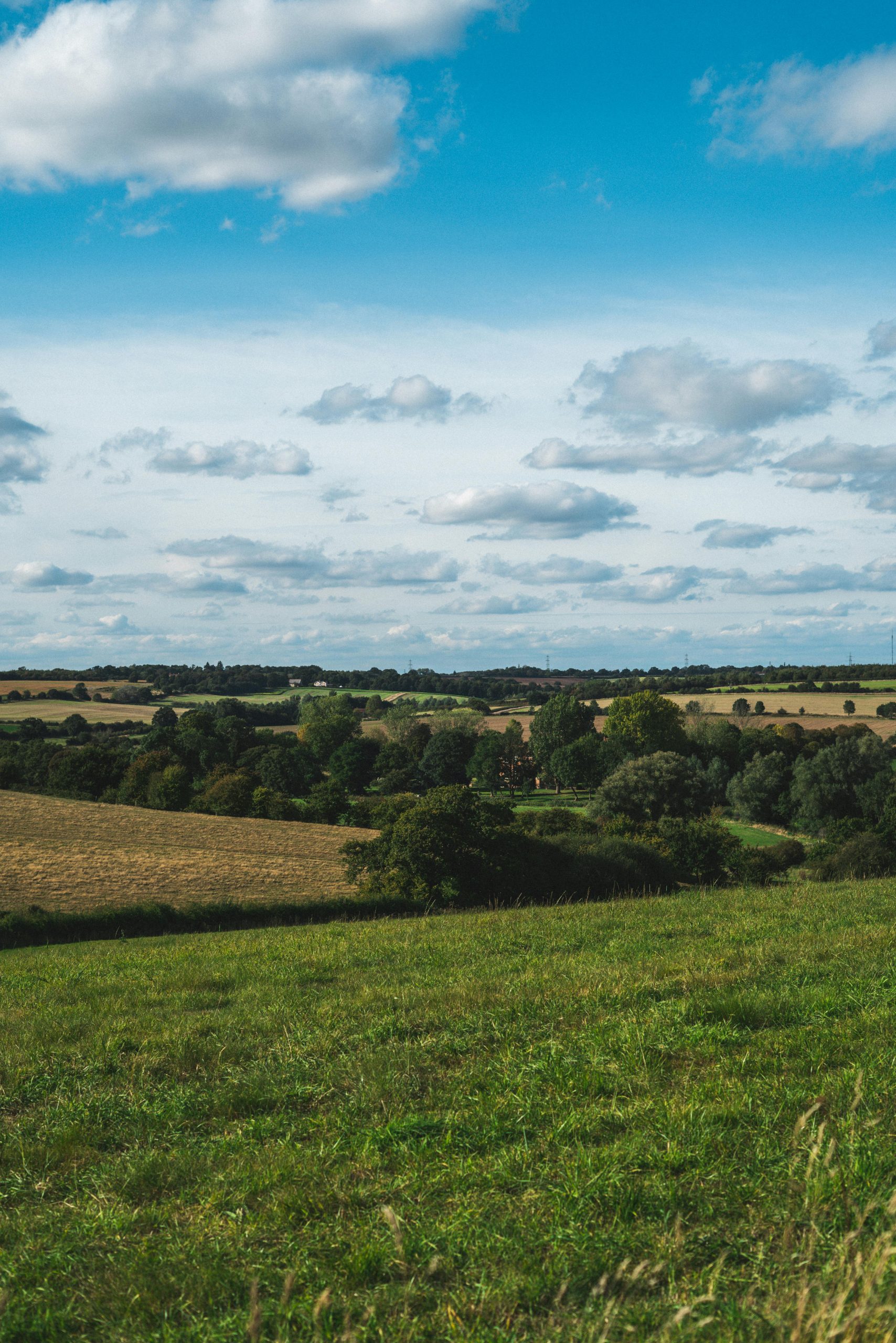I’m looking for suggestions for my school garden bed!
For our Biology project, instead of taking an exam, we’ll be working in groups, each getting a garden bed that measures around 2 × 1.5 meters, shared by four students. While we can collaborate on preparing the bed, each of us will present our individual contributions at the end.
What do you think we should plant? I’d love to hear your ideas!

That sounds like a fantastic project! Here are a few ideas for your school garden bed that could work well in such a space and make for an engaging Biology project:
Herb Garden: Consider planting a variety of herbs such as basil, cilantro, parsley, and chives. They are relatively easy to grow and can be used in cooking, making it a practical choice. Each group member could be responsible for one type of herb, presenting on its culinary uses and medicinal benefits.
Pollinator Garden: Plant a mix of flowers that attract pollinators like bees and butterflies. Consider species such as lavender, bee balm, and marigolds. Each member can research and present on the importance of pollinators in our ecosystem.
Vegetable Garden: Grow a selection of fast-growing vegetables like radishes, lettuce, and green beans. Each person can choose a different vegetable to research, focusing on its growing conditions, nutritional value, and how it contributes to a healthy diet.
Companion Planting: Select a few plants that grow well together, such as tomatoes, basil, and marigolds. Each group member could focus on one plant and explain its role in the garden ecosystem, including how companion planting can enhance growth and deter pests.
Native Plants: Research and plant native species that thrive in your local climate. Each member can present on their chosen plant’s role in local biodiversity and its benefits to wildlife.
Succulent/Prairie Bed: If you’re in a suitable climate, you could plant a variety of succulents or prairie grasses. Each person would be responsible for researching drought resistance and the benefits of these plants in preventing soil erosion.
Make sure to discuss water and sunlight needs, care requirements, and seasonal changes for whomever you choose to plant. Good luck with your project!